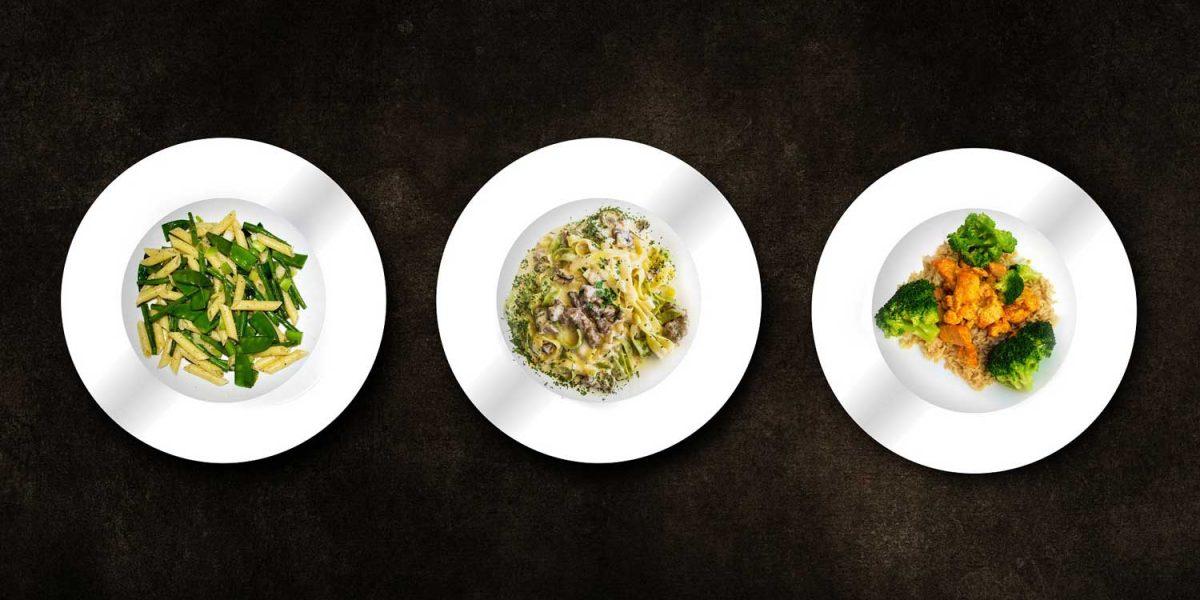
A handy way to measure food portions
It all started with a piece of lasagne.
PhD candidate and Accredited Practising Dietitian Alice Gibson was keeping a food journal for a week when she found herself stumped for how to describe its portion size in the diary.
“What’s a small, medium or large? What’s a small to me is a large to someone else and vice versa,” Gibson says.
Subjectively measuring food portions is notoriously challenging and unless you’re going to literally weigh all your food (not only tedious, but often impractical), many struggle with knowing what servings sizes – grams, millilitres – look like in the flesh?
This is why novel ways of measuring portion sizes – using your fist as a cup, your thumb tip as a tablespoon, your finger tip as a teaspoon or your palm for meat – are so appealing.
The problem is the accuracy of such methods has not been measured.
So Gibson, and her colleagues from the University of Sydney’s Boden Institute of Obesity Nutrition Exercise & Eating
Disorders, took 42 different foods and liquids (including beef steak, quiche, a glass of milk, lemon tart, a slice of cake, plain spaghetti and peanut butter) and put it to the test.
The 67 participants were given instructions in how to use ‘finger width’, fists, finger tips and thumbs to estimate portion sizes of the pre-weighed foods which purposely had different textures, shapes and forms.
The hand measuring methods were then compared with household methods (cups and spoons) and subjective size descriptions (small, medium, large).
“I wanted to know is there a subjective way of guessing volume and how can we objectively measure it,” Gibson explains.
“Interestingly, while fist volume of males and females overall was almost exactly 1 cup (250 mL), consistent with the popular notion that a fist represents 1 cup, male fists were significantly greater in volume than female fists by approximately 100 mL,”
Gibson writes in the paper, published in the Journal of Nutritional Science on Tuesday.
“Additionally, a thumb tip overall was just slightly less than the volume of a teaspoon (5 mL), despite often – albeit not always – being used as an estimate of a tablespoon in public portion estimation recommendations.”
Discrepancies aside, when averaged out, the results were surprisingly accurate.
The ‘finger width’ method was found to be more accurate than household measures and size descriptions for estimating food portions. In fact, 80 per cent of foods estimated using fingers were within 25 per cent of their true weight, compared with 29 per cent of those estimated using the household method.
“We showed that most of the foods in our study tended to be overestimated,” Gibson reveals, adding that this is good if we’re overestimating foods we want to eat less of.
“But if you are overestimating your vegetable intake on the other hand… I was surprised by how hard it is to estimate portions – how badly we actually do it.”
She hopes that her research, which won her the Dietitians Association of Australia (DAA) President’s Award for Innovation, will eventually be integrated into an app that measures the density factor of the food someone is eating, and will work it out for them, helping them to manage weight and stick more closely to the dietary guidelines.
“While more research is needed to fine-tune the technique, I think there’s real potential for this tool to be incorporated into electronic platforms such as smartphone applications so that the calculations are automated and estimating food intake on-the-go is more accurate,” says Gibson.
But, there are easy ways to DIY too.
“A glass of wine – if you can measure out 100 ml of your favourite glass, just remember how many fingers to fill up to,” she suggests.
“There are lots of novel ways to do things but it comes down to accuracy.”
